NRR:重医附一院廖正步团队探索促红细胞生成素治疗创伤性脑损伤的潜在信号通路和分子机制
撰文:谭伟霖、马君、付嘉园圆、吴碧莹、朱梓瑜、黄雪康、杜梦然、吴晨瑞、Ehab Balawi、周强、张捷、廖正步
既往有研究报道了促红细胞生成素治疗创伤性脑损伤后蛋白编码基因表达的变化[1],然而其对创伤性脑损伤中非编码RNA的确切机制仍不清楚。来自中国重庆医科大学附属第一医院廖正步团队在《中国神经再生研究(英文版)》(Neural Regeneration Research)上发表了题为“Transcriptomic and bioinformatics analysis of the mechanism by which erythropoietin promotes recovery from traumatic brain injury in mice”的研究。其发现促红细胞生成素治疗创伤性脑损伤后,共有4065种差异表达的RNA。KEGG和GO分析显示,促红细胞生成素治疗创伤性脑损伤中,轴突引导通路、Wnt通路和MAPK通路可能起着关键的调节作用。此外实验构建了差异表达的长非编码RNA和差异表达的环状RNA的内源竞争RNA网络,发现非编码RNA与蛋白质编码基因之间可能存在调控轴。最后实验指出促红细胞生成素治疗创伤性脑损伤时,Ephb6和Wnt5a可能在轴突引导通路中起重要作用。这一研究为创伤性脑损伤的治疗提供了新的见解和潜在的治疗靶点。
廖正步等首先使用RNA测序检测了在促红细胞生成素治疗后编码及非编码基因的表达水平变化 (图1)。使用生物信息学分析工具分别对差异表达的mRNA、长非编码RNA和环状RNA进行了KEGG和GO分析,结果表明,促红细胞生成素治疗创伤性脑损伤后,差异的编码和非编码RNA可通过不同的分子信号通路发挥作用(图2-4)。随后根据内源竞争RNA机制构建的内源竞争RNA互作网络,展示了这些差异非编码RNA可能存在的调节轴 (图5和6)。动物行为学实验也展示了促红细胞生成素对创伤性脑损伤的神经保护作用(图7),这与既往研究结果相符[1]。有趣地是,实验发现轴突引导通路被反复富集,故而验证了其中的2个基因,Ephb6和Wnt5a的表达水平。结果可见,促红细胞生成素可逆转创伤性脑损伤后Ephb6的减少和Wnt5a的增加(图7),这表明促红细胞生成素可能通过轴突引导通路促进创伤性脑损伤后神经功能的恢复。

图1 RNA测序探索促红细胞生成素治疗创伤性脑损伤后基因表达水平的变化(图源:Tan et al., Neural Regen Res, 2023)
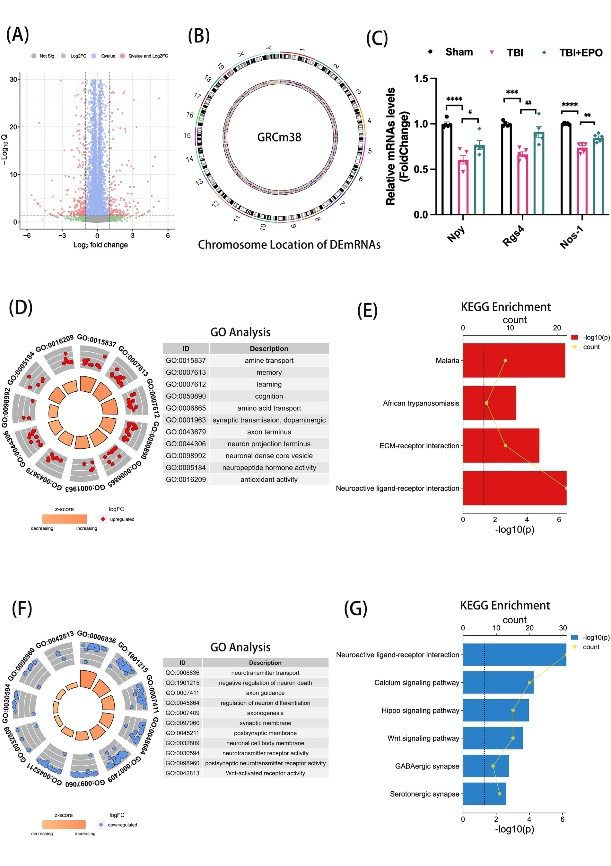
图2差异表达的mRNA的表达谱和功能预测(图源:Tan et al., Neural Regen Res, 2023)
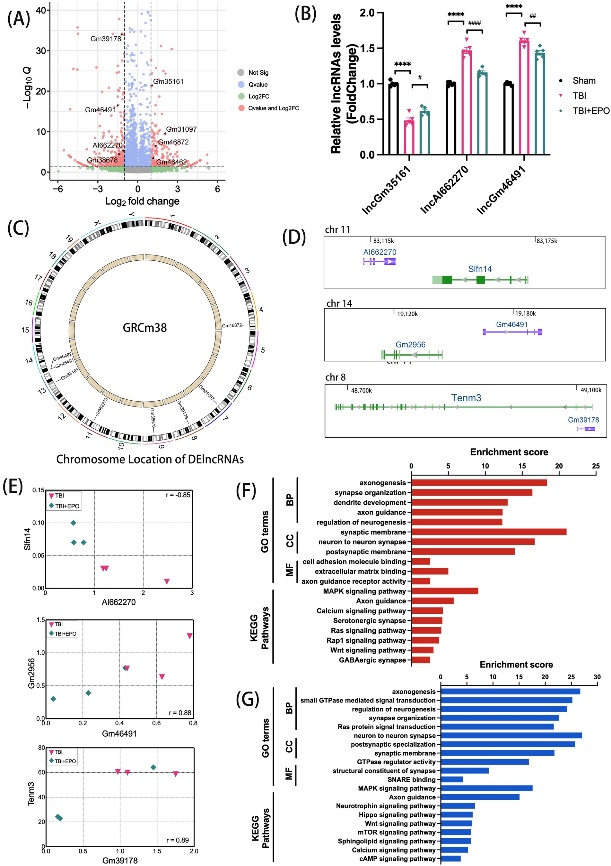
图3差异表达的长非编码RNA的表达谱和功能预测(图源:Tan et al., Neural Regen Res, 2023)
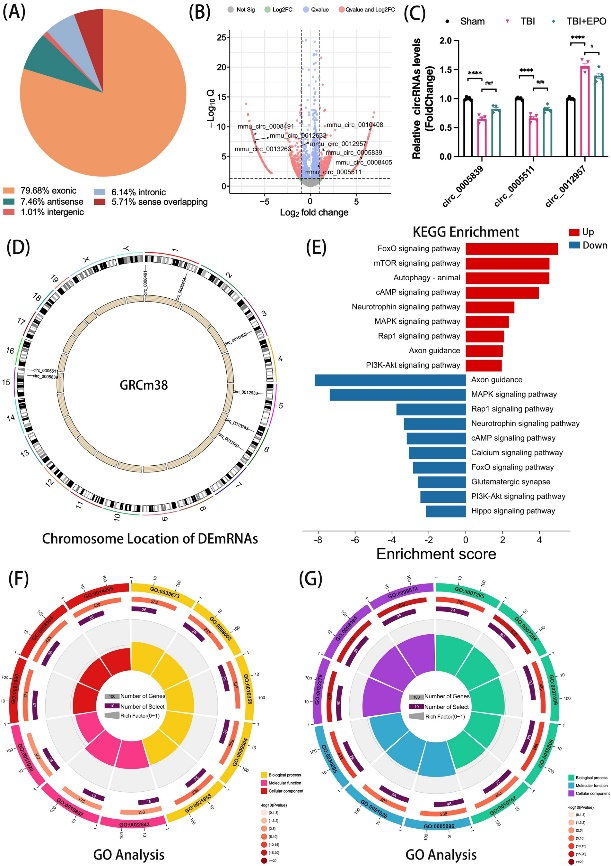
图4差异表达的环状RNA的表达谱和功能预测(图源:Tan et al., Neural Regen Res, 2023)

图5差异长非编码RNA构建的竞争性内源性RNA网络(Tan et al., Neural Regen Res, 2023)
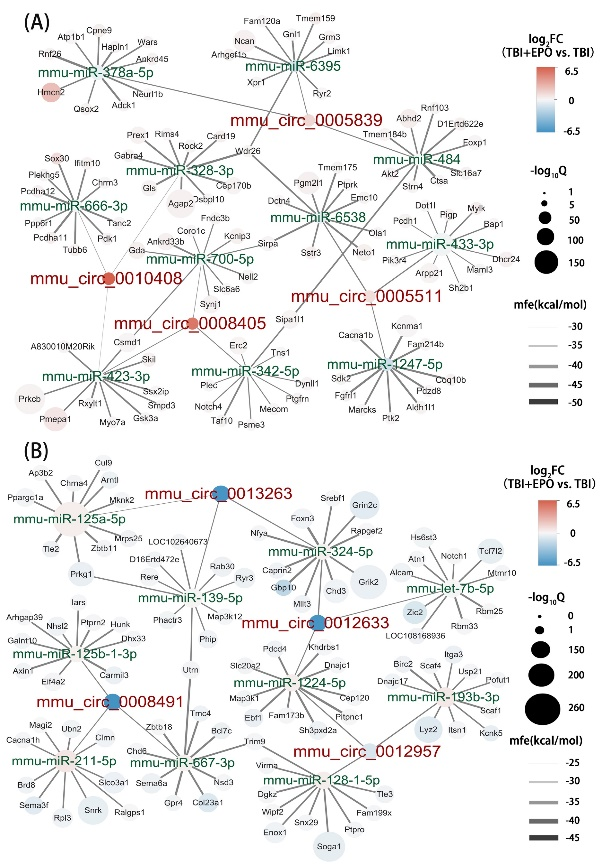
图6差异环状RNA构建的竞争性内源性RNA网络(图源:Tan et al., Neural Regen Res, 2023)
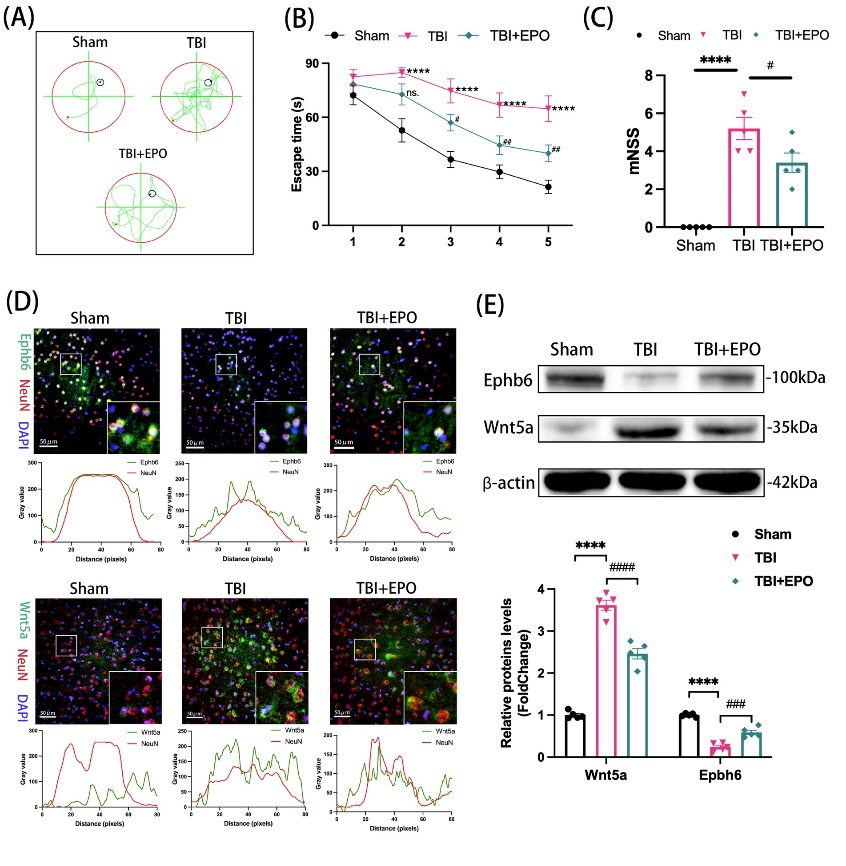
图7促红细胞生成素可通过轴突引导通路促进创伤性脑损伤后神经功能的恢复(图源:Tan et al., Neural Regen Res, 2023)
总之,廖正步等构建了一个全面的创伤性脑损伤后促红细胞生成素治疗的转录组图谱,并揭示促红细胞生成素发挥神经保护作用的潜在通路。该研究可为治疗创伤性脑损伤提供了新的见解和潜在的治疗靶点。但既往研究中促红细胞生成素对创伤性脑损伤的作用存在争议。有研究认为,促红细胞生成素对创伤性脑损伤患者无明显的治疗作用[2],但此次实验研究则提示其存在积极的作用。这可能由于:1)啮齿动物与人类在生物学方面存在物种差异;2)药物剂量和给药途径也与患者的临床试验不同;3)创伤性脑损伤患者较小鼠模型更为复杂,其损伤机制和程度也存在差异。因此,这一研究的临床转化值得更广泛的探索。
原文链接:https://doi.org/10.4103/1673-5374.374135
参考文献
[1] Zhiyuan Q, Qingyong L, Shengming H, et al. Protective effect of rhEPO on tight junctions of cerebral microvascular endothelial cells early following traumatic brain injury in rats. Brain Inj. 2016;30(4):462-467.
[2] Gantner DC, Bailey M, Presneill J, et al. Erythropoietin to reduce mortality in traumatic brain injury: a post-hoc dose-effect analysis. Ann Surg. 2018;267(3):585-589.






